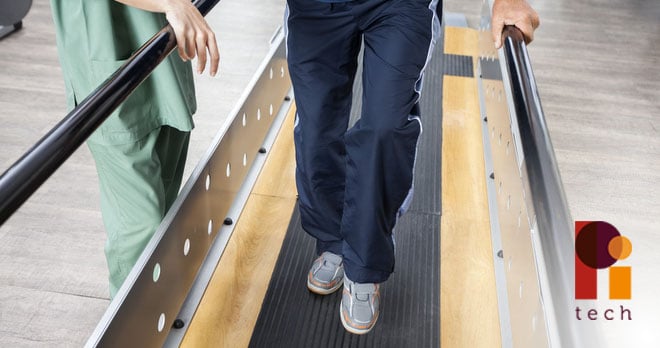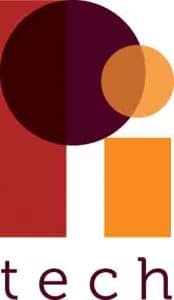Arise, take up thy bed and walk – EES, a miracle cure for the spinally injured? Not quite, yet

Since Jesus commanded the paralytic at the Pool of Bethesda to “take up his bed and walk” (John 5:8), twenty centuries have elapsed without much documented proof that reversing paralysis is a possibility. However, recent developments in Switzerland suggest that, in certain limited circumstances, walking again may be a possibility for those with spinal cord injuries, and that damaged nerves in the spinal cord may even be stimulated to regrow.
EES - the tech behind the ‘miracle’
The technology in question is known as epidural electrical stimulation (EES) of the spinal cord.
EES works by enabling the brain to exploit uninjured , but functionally silent, descending pathways in order to produce movements of paralysed limbs. In turn this also improves the ability of the spinal cord to translate task-specific sensory information into the muscle activity which underlies standing and walking.
Participants in the study followed a rehabilitation programme four to five times a day for five months, focusing on walking on a treadmill and overground. This was complemented with muscle-strengthening and standing, each of which was enabled by task-specific EES. Eventually, two patients regained independent walking while 35% of their bodyweight was supported against gravity.
Is this a breakthrough?
Previous studies in the USA and Brazil have enabled patients to take steps with electrical stimulation, while two papers in September 2018 reported that it was possible to restore walking with a mind-controlled implant.
The significance of the latest Swiss study, however, is that after five months of training, participants in the study were able to take steps unsupported even when the implant was switched off.
What are the limitations of the study?
A significant reservation in relation to this most recent study is that, unfortunately, the patients who had the most severe spinal damage recovered the least during the trial. In addition, it seems reasonable to suppose that only certain types of spinal injury will respond to this method.
Professor Robe Kaspa, of the University of Melbourne, has said: “It is important to note that all spinal cord injuries are different and it is highly likely that not all injuries will respond with equal levels of success.”
Nonetheless, it does seem to be internationally accepted by many other researchers in spinal cord regeneration that the study represents an important step forwards for those with a spinal cord injury.
What next for EES?
The lead neurosurgeon involved in the Swiss study has indicated that the next step is to start earlier with eligible patients as soon as possible after they have suffered a spinal injury. It is believed that the potential for recovery is much larger if the EES process can be commenced while there is greater memory in the nerves and muscles.
As a lawyer who works regularly with clients who have had significant spinal injuries I am always trying to stay aware of the latest technologies that could help my clients to improve their quality of life. At present it would appear that these new developments may not benefit the majority of spinally injured people, but they give renewed hope for the future, and there is no doubt that technological advances are accelerating. In the end there may be more (and better documented) miracles in the twenty-first century than there were in the first!
Technology has the power to change the way we view personal injury.
